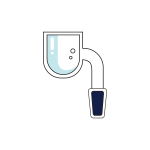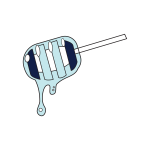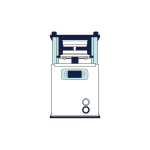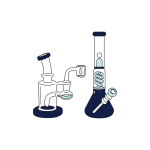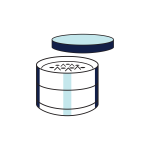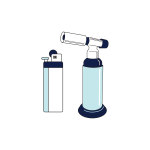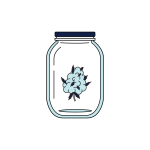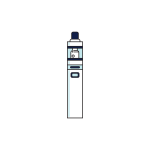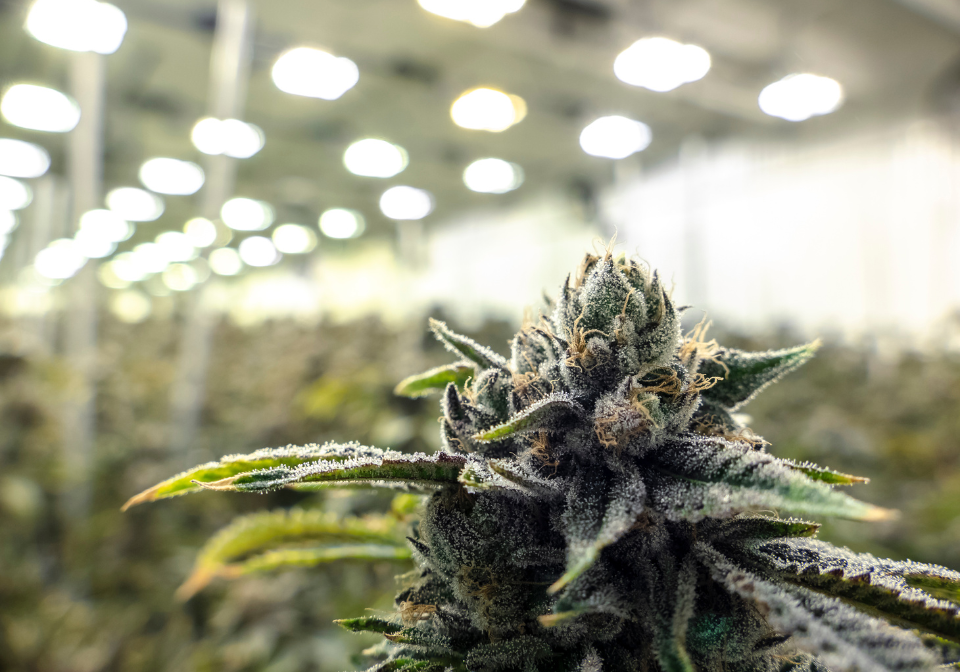
What Exactly is Delta-8 Flower?
Delta-8 THC has surged in popularity nationwide, praised for its unique balance of mild psychoactive effects and federal legality under specific conditions.
Despite growing demand, Delta-8 products—especially smokable flower—remain scarce. This article explores why Delta-8 flower is challenging to produce, its legal landscape, and how it interacts with the body.
Understanding Delta-8 THC
Delta-8 THC is a naturally occurring cannabinoid found in both hemp and marijuana. Structurally similar to Delta-9 THC (the primary intoxicating compound in cannabis), Delta-8 offers a less intense experience due to its weaker bond with the body’s CB1 receptors in the endocannabinoid system (ECS).
Effects of Delta-8 and the Endocannabinoid System
The ECS regulates critical functions like sleep, pain, and appetite through CB1 (central nervous system) and CB2 (immune system) receptors.
When cannabinoids like Delta-8 or Delta-9 THC interact with these receptors, they trigger varying levels of euphoria. Delta-8’s lower binding affinity results in a smoother, more relaxed high compared to Delta-9, often described as clear-headed and calming by users.
Legality: Hemp vs. Marijuana
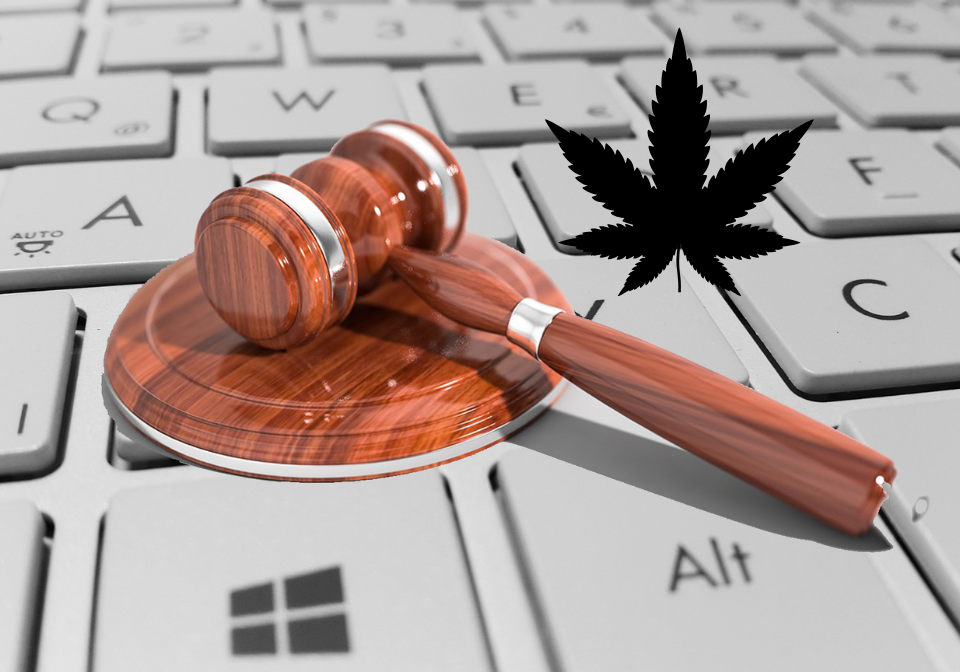
Under the 2018 Farm Bill, hemp is defined as cannabis containing less than 0.3% Delta-9 THC by dry weight. Federally, all hemp-derived cannabinoids—including CBD, CBG, and Delta-8—are legal.
However, cannabis exceeding the 0.3% Delta-9 threshold is classified as marijuana, remaining federally illegal. State laws vary, so verifying local regulations is essential before purchasing Delta-8 products.
How Delta-8 THC Is Produced
Delta-8 occurs in trace amounts in cannabis, making natural extraction impractical. To produce usable quantities, manufacturers convert CBD or Delta-9 THC into Delta-8 through chemical processes like isomerization.
The result is a viscous, clear distillate, which is then infused into products such as edibles, tinctures, or vape cartridges.
The Challenge of Creating Delta-8 Flower
True “Delta-8 flower” doesn’t exist naturally. Instead, producers infuse hemp buds with Delta-8 distillate. However, the sticky, liquid consistency of pure Delta-8 complicates this process, often leaving flowers soggy and difficult to handle.
Methods vary: some brands lightly coat buds, while others saturate them, leading to inconsistencies in texture and potency.
Balancing Potency and Usability
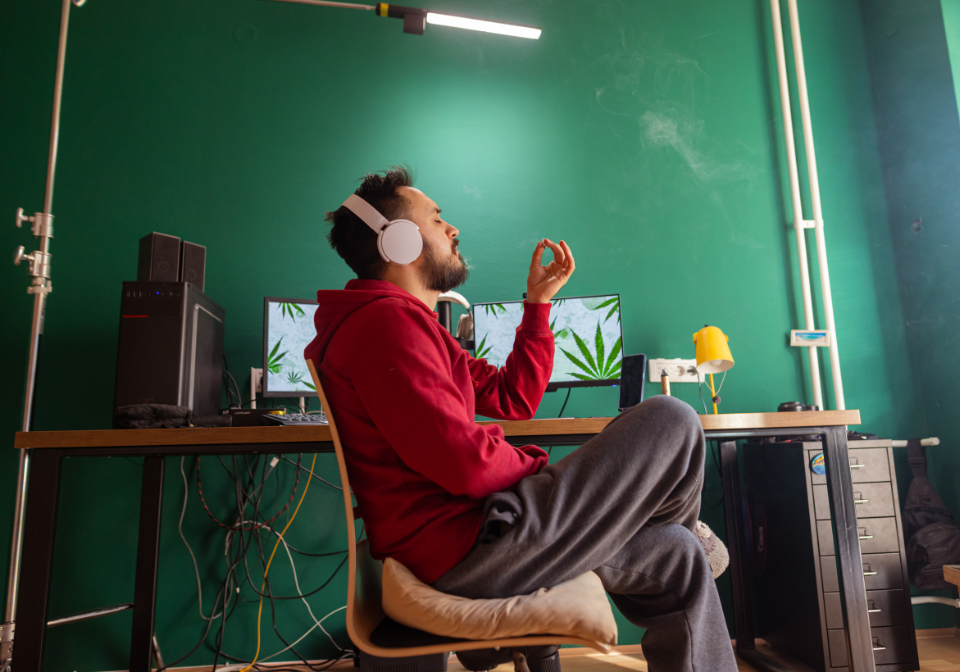
Ideal Delta-8 flower contains 150–250 mg of Delta-8 per gram, balancing potency with a smokable texture.
Over-application creates a messy product, while under-application reduces effects. Consumers should seek reputable brands that disclose lab testing results to ensure quality and safety.
Final Notes on Delta-8 Flower
Delta-8 THC offers a gentler alternative to Delta-9, with federally legal status when derived from hemp. However, its production hurdles and state-specific legality require careful consideration. Always consult local laws and healthcare providers before trying Delta-8.
FDA Disclaimer: These statements have not been evaluated by the Food and Drug Administration. The effectiveness of these products has not been confirmed by FDA-approved research. They are not intended to diagnose, treat, cure, or prevent any disease. If you have health concerns or are taking medications, consult a healthcare professional before use. This notice is provided in accordance with the Federal Food, Drug, and Cosmetic Act.

